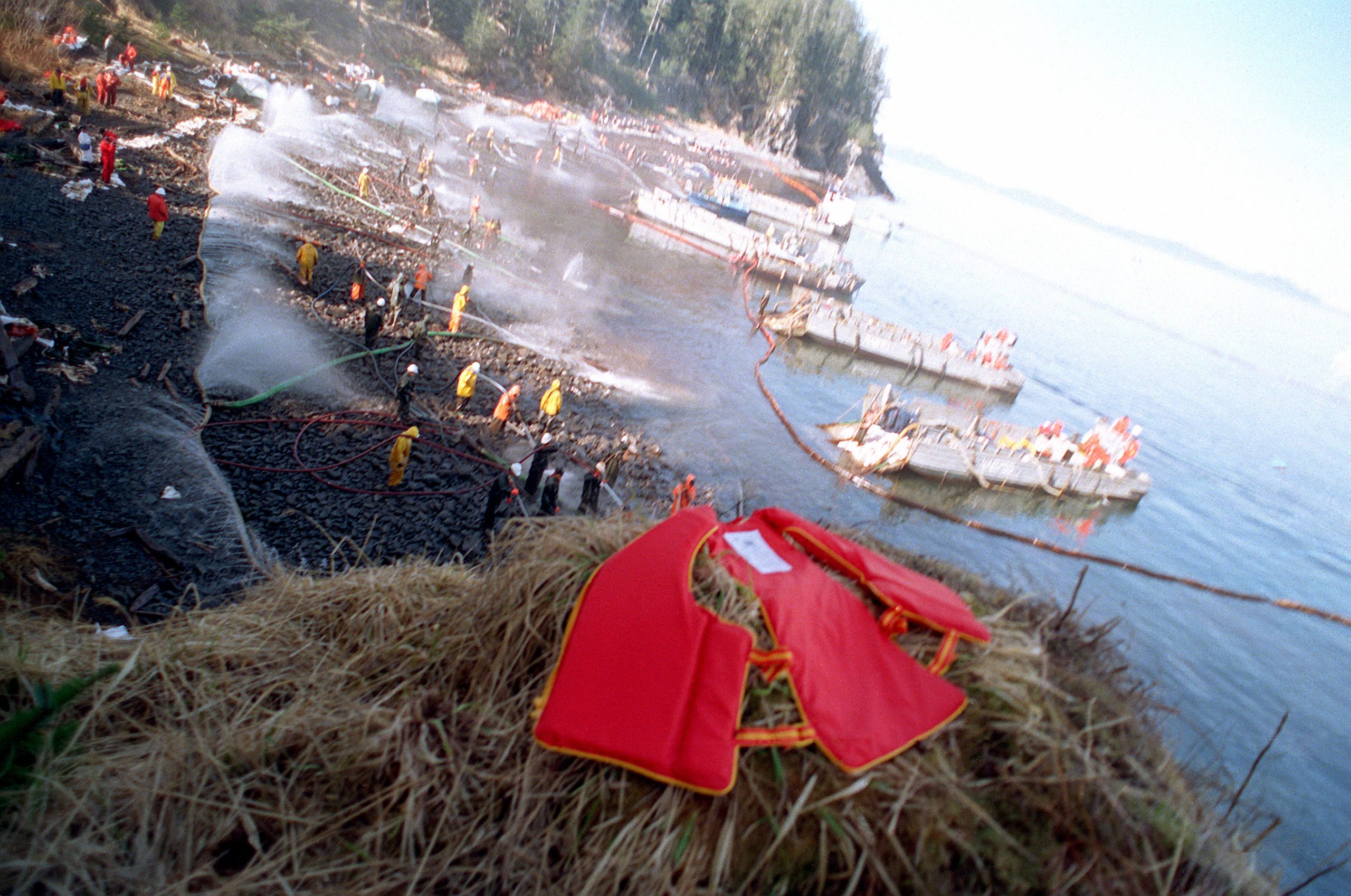In January, the Louisiana Supreme Court considered an appeal from the Vermilion Parish School Board. The appeal centered on environmental damage to land that was subject to a mineral lease. The mineral lease allowed those leasing the land to look for and remove any mineral, including oil, that they found on the land. However, once they did this, they left the land in a state that was environmentally hazardous.
Louisiana has special procedures for dealing with restoring land so that we do not harm the environment, specifically when removing oil. The remediation of the land, this restoring process, was one of the major issues in the Vermilion Parish case. The defendants included Union Oil Company of California, Union Exploration Partners, Carrollton Resources, LLC, Chevron USA, Inc., and Chevron Midcontinent, L.P.
The Court faced two major issues in this case. The first was whether the parties could receive damages in excess of the amount it would take to restore the property, thereby correcting the environmental damage. The Court determined that the language of the legislation (La. R.S. 30:29) was clear and that the parties could receive a larger amount.
Under Louisiana law, when a case arises where a party is required to correct an environmental wrong, the funds are deposited into the court’s registry. The court will then disperse the funds to repair the land. This is a relatively new development because this act was put into effect in 2006. The legislature was concerned that parties who received funds to help correct the damage done to their land would not use it for that purpose if they were not so required. Leaving property that is damaged could create serious issues for the health, safety, and welfare of the surrounding population.
The legislation focuses on the role of the fact finder in determining whether there was environmental damage, and how much that environmental damage will cost to fix. As such, the court determined that the case should continue so that the fact finder could make those determinations.
The second issue was whether Chevron should be dismissed from the case. According to the facts, Union Oil had the mineral lease first, but Chevron subsequently acquired Union Oil and all of their assets, including the lease. As such, Chevron became responsible for any environmental damage that Union Oil may have caused. Chevron admitted responsibility initially, but then denied that they should be legally responsible later.
Chevron explained that while Chevron Corp. owns both Chevron USA and Union Oil Company of California, the two sections do not overlap. That is, Union Oil had $18 billion in assets, and should they be found liable for environmental damage, the amount that they will pay will come from their assets and not Chevron’s. Chevron explained that those assets were never transferred out of Union Oil, so Union Oil remained somewhat independent even after Chevron acquired them.
Therefore, Chevron argued that Chevron USA should be removed from the case so that those assets are not adversely affected. Nonetheless, Frank Soler, the senior liaison in the subsidiary governance unit of the corporate governance department for Chevron Corp. admitted that Union Oil does not have any employees and there may be service agreements between the two sections for day-to-day activities.
The Plaintiffs in the case were only allowed to discover a very limited amount of information from Chevron regarding this case. The court restricted the information until they determined whether or not Chevron should remain in the case a defendant. As such, many facts remained unknown regarding the relationship between Chevron and Union Oil. Therefore, the court determined that Plaintiffs should be allowed to gather more information and the case should continue.
Both of these issues failed the summary judgment test. The test is whether there is an absence of material facts in the case. If there is such an absence, then the court will only determine the questions of law and one side will receive a summary judgment. In this case, however, the court determined that there may be facts in dispute because they did not have enough information; therefore, the case continued.
Continue reading
 We have all read headlines about lawsuits filed against gas and energy companies by workers who have developed health problems at their facilities. But what happens when a plaintiff files a lawsuit which could be barred by a workers’ compensation act? Will the claim be able to withstand a peremptory exception? How does the plaintiff fight against such a motion?
We have all read headlines about lawsuits filed against gas and energy companies by workers who have developed health problems at their facilities. But what happens when a plaintiff files a lawsuit which could be barred by a workers’ compensation act? Will the claim be able to withstand a peremptory exception? How does the plaintiff fight against such a motion? Insurance Dispute Lawyer Blog
Insurance Dispute Lawyer Blog


 Slip-and-fall cases are prevalent in the restaurant industry. In handling various kinds of food and drink, it makes sense that sometimes, things end up on the floor and can cause a slip hazard for customers. But when a customer falls without a clear cause, how can the court determine who is at fault?
Slip-and-fall cases are prevalent in the restaurant industry. In handling various kinds of food and drink, it makes sense that sometimes, things end up on the floor and can cause a slip hazard for customers. But when a customer falls without a clear cause, how can the court determine who is at fault? What happens when the same wrongdoer injures several people? Typically, in cases like this, the court may consolidate the actions to promote the efficient use of judicial resources. However, these cases may be complex and lengthy and require expert testimony, as exemplified by the following lawsuit out of Lake Charles, Louisiana.
What happens when the same wrongdoer injures several people? Typically, in cases like this, the court may consolidate the actions to promote the efficient use of judicial resources. However, these cases may be complex and lengthy and require expert testimony, as exemplified by the following lawsuit out of Lake Charles, Louisiana.